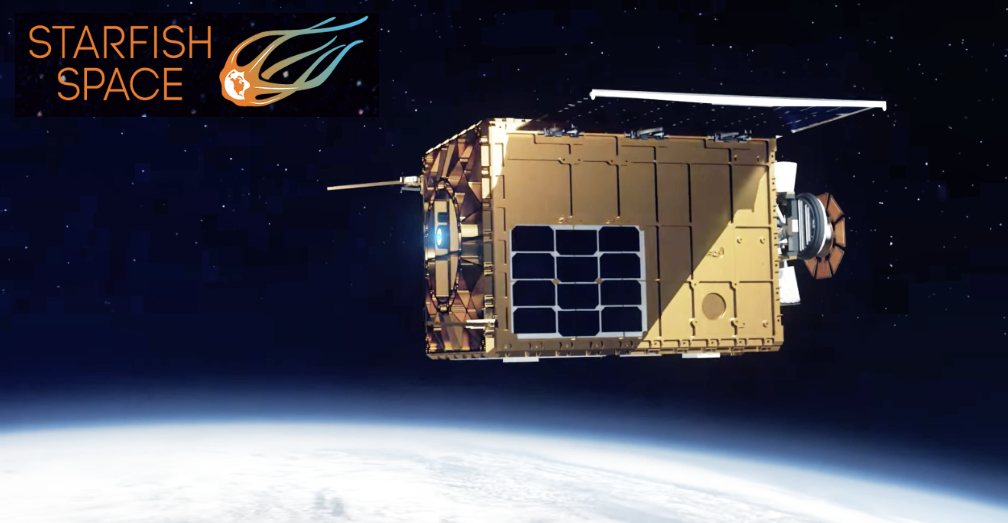
Starfish Space, a satellite servicing company founded by former Blue Origin and NASA engineers, recently announced that the company’s Otter Pup satellite will launch in the summer of 2023 and then dock with another satellite in the fall of 2023. This mission will achieve many firsts, including being the first ever satellite docking with high performance, low-thrust electric propulsion, and the first ever, commercial satellite docking in LEO.

Autonomously docking satellites in orbit is an incredibly complex and intricate task. It’s also the essential technology to enable satellite servicing (the ability to interact with and improve satellites on orbit).
The types of missions unlocked by this technology include space debris disposal, satellite life extension, and, eventually, in-space logistics, on-orbit assembly, and more. Dynamic and interactive missions represent a new paradigm for how humans can go out into the universe. By docking with electric propulsion, Starfish Space will be able to build smaller, more efficient vehicles that for the first time enable this new paradigm in a cost-efficient manner.
With the Otter Pup mission, Starfish Space will demonstrate the essential core pieces of technology to open up the new paradigm of satellite servicing. There are three major Starfish rendezvous, proximity operations, and docking (RPOD) technologies that will be demonstrated by this mission.
- CETACEAN, computer vision navigation software, will determine the relative position of the docking target.

- CEPHALOPOD, autonomous trajectory planning software, will close the distance from several kilometers away to docking.

- Nautilus, an electrostatic based capture mechanism, will hold on the docking target for a secure attachment.

To bring the Otter Pup docking mission to life around their key enabling technologies, Starfish Space has built a team of partners throughout the space industry.
- Astro Digital manufactures the Otter Pup satellite bus.
- Launcher provides the Orbiter OTV, which will both deliver Otter Pup to its initial altitude, and serve as the docking target.
- Exotrail provides the electric propulsion thruster.
- Redwire’s Argus camera hardware is being used for relative navigation.
- Honeybee Robotics supported the mechanical design of Nautilus.
The full satellite is being launched on a SpaceX Falcon 9 rocket as part of their Transporter 8 mission which is expected to occur in June of 2023.
Successfully docking Otter Pup with the Orbiter satellite will be an incredible milestone in the development of Starfish Space. Otter Pup will test all of the key technologies necessary for the fully grown Otter.
Following on the Otter Pup, the Otter satellite servicing vehicle will be sized to extend the life of geostationary satellites, and dispose of space debris in commercially viable manners. By paving the way for commercial use cases, the Otter Pup docking mission represents a next step in the future of satellite servicing and the new paradigm for how humans operate in space.
“We are trying to dock a satellite at 5% the cost of any similar mission in history,” says Starfish Space Co-Founder Trevor Bennett. “This mission will be an extraordinary demonstration of Starfish Space’s ability to do affordable satellite servicing for the first time ever.”
